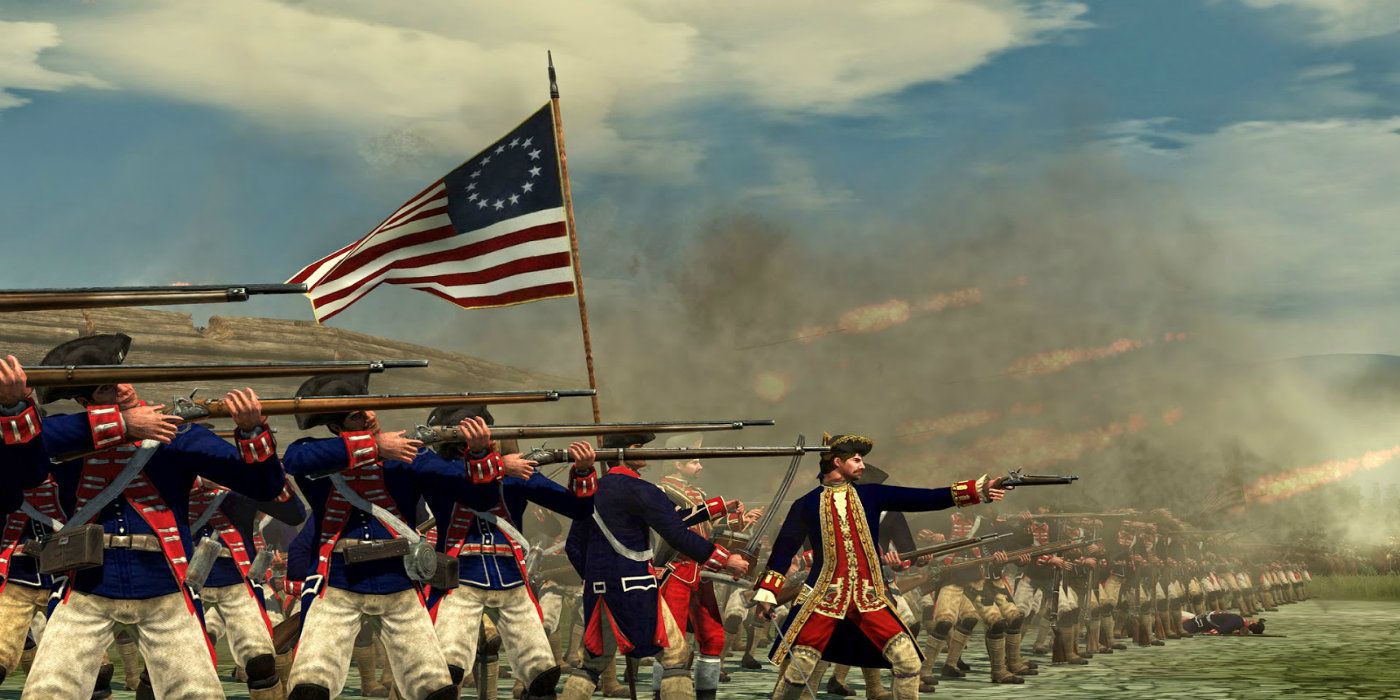

In 1647, the Habsburg forces led by Octavio Piccolomini were able to repel the Swedes and the French from what is now Austria. Also in 1645, the Swedes attacked Vienna, but were unable to capture the city from the Holy Roman Empire. Over the ensuing years, the French army had several notable victories, but also suffered significant defeats, particularly at the Battle of Herbsthausen in 1645. That year, Denmark-Norway took up arms again, this time fighting on the side of the Habsburgs and the Holy Roman Empire.Īt around the same time, French monarch Louis XIII died, leaving the throne to his 5-year-old son, Louis XIV, and creating a leadership vacuum in Paris. The next year, 1643, was pivotal in the decades-long conflict. Two years later, the Swedes re-entered the fray, further weakening Habsburg forces. In 1640, the Portuguese began to revolt against their Spanish rulers, thereby weakening their military efforts on behalf of the Holy Roman Empire. Gustavus Adolphusīut in 1630, Sweden, under the leadership of Gustavus Adolphus, took the side of the northern Protestants and joined the fight, with its army helping to push Catholic forces back and regain much of the lost territory lost by the Protestant Union. However, fighting continued to the west, where Denmark-Norway’s King Christian IV threw his support behind the Protestant states.Įven with help from soldiers from Scotland, however, the armies of Denmark-Norway fell to the forces of Ferdinand II, ceding much of northern Europe to the emperor. To the west, the Spanish army aligned with the so-called Catholic League, nation-states in present-day Germany, Belgium and France, who supported Ferdinand II.Īt least initially, Ferdinand II’s forces were successful, quelling the rebellion to the east and in northern Austria, leading to the dissolution of the Protestant Union. Soon, armies for both sides were engaged in brutal warfare on multiple fronts, in present-day Austria and in the east in Transylvania, where Ottoman Empire soldiers fought alongside the Bohemians (in exchange for yearly dues paid to the sultan) against the Poles, who were on the side of the Habsburgs. With Emperor Ferdinand II’s ascension to head of state of the Holy Roman Empire in 1619, religious conflict began to foment. In the end, the conflict changed the geopolitical face of Europe and the role of religion and nation-states in society.

However, as the Thirty Years’ War evolved, it became less about religion and more about which group would ultimately govern Europe. The war lasted from 1618 to 1648, starting as a battle among the Catholic and Protestant states that formed the Holy Roman Empire. It remains one of the longest and most brutal wars in human history, with more than 8 million casualties resulting from military battles as well as from the famine and disease caused by the conflict. The Thirty Years’ War was a 17th-century religious conflict fought primarily in central Europe.


 0 kommentar(er)
0 kommentar(er)
